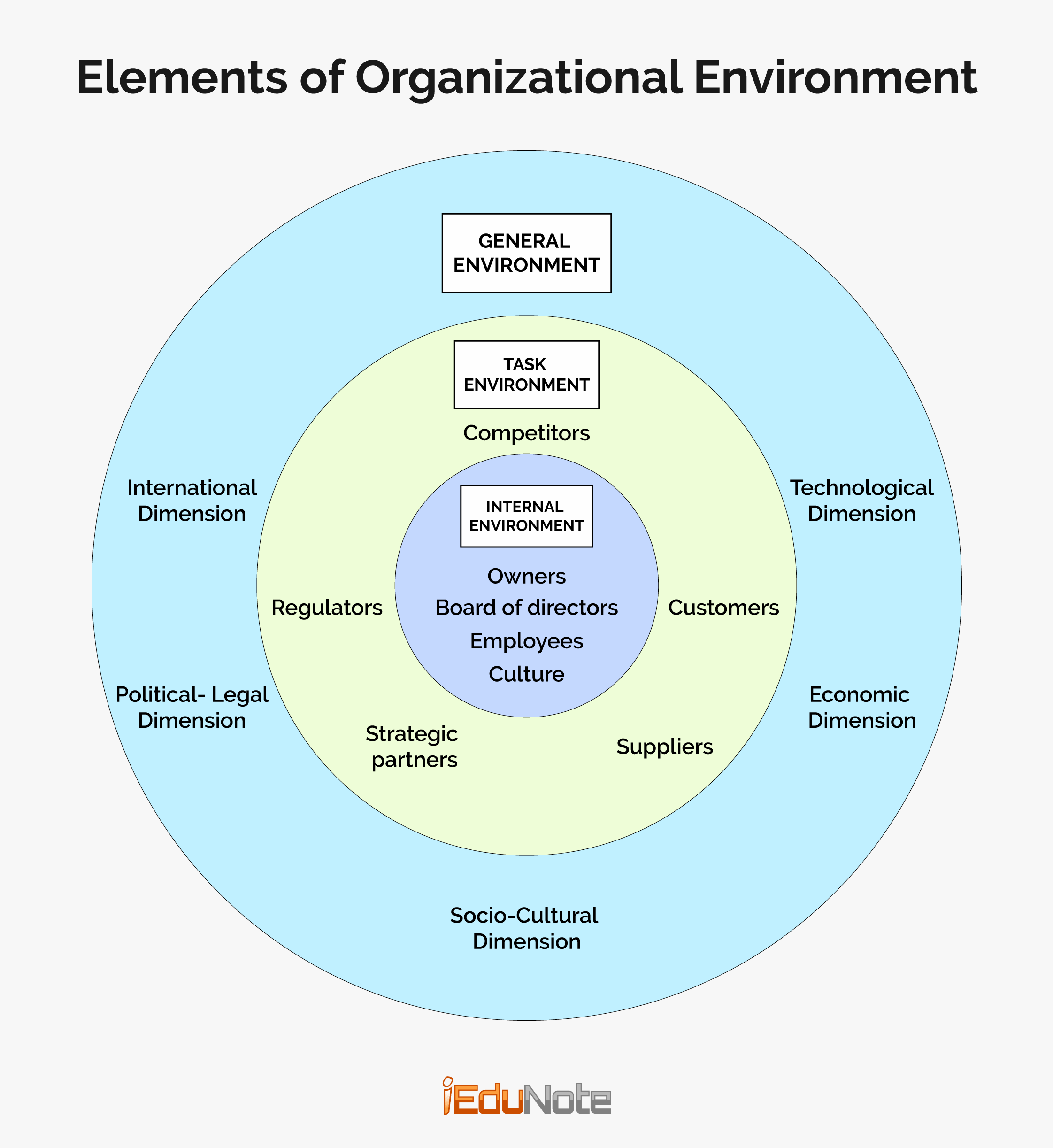Corporate strategy is too broad to translate into line managers’ actionable plans. Transmission is facilitated by two sets of strategies – business and functional.
This means the corporate strategy has subsets in business strategy which defines how an organization will compete, and functional strategy, which defines how the organization’s systems, processes, and functions will be redesigned to attain a better competitive position.
The business strategy entails deciding what customers’ needs are to be satisfied, which customer groups are to be satisfied, and how these are to be satisfied.
An organization may offer a competitive price, better quality, or even both (for example, Dell computer), or it can choose to serve a very narrow customer base by offering a unique position (for example, customized designer cars are a business for some).
Defining the scope of the competition is the essence of business strategy.
The organization has to implement efficient and effective systems to be competitive, whether in terms of price, better quality, or more features.
It has to gear up operationally to meet the business-level strategy. The organization does so through functional-level strategies. The functional level strategies are the first building block of the strategy pyramid.

Its base being broadest also implies that the maximum number of employees within an organization is part and parcel of functional-level strategy.
Source
Provided by iedunote: https://www.iedunote.com/

